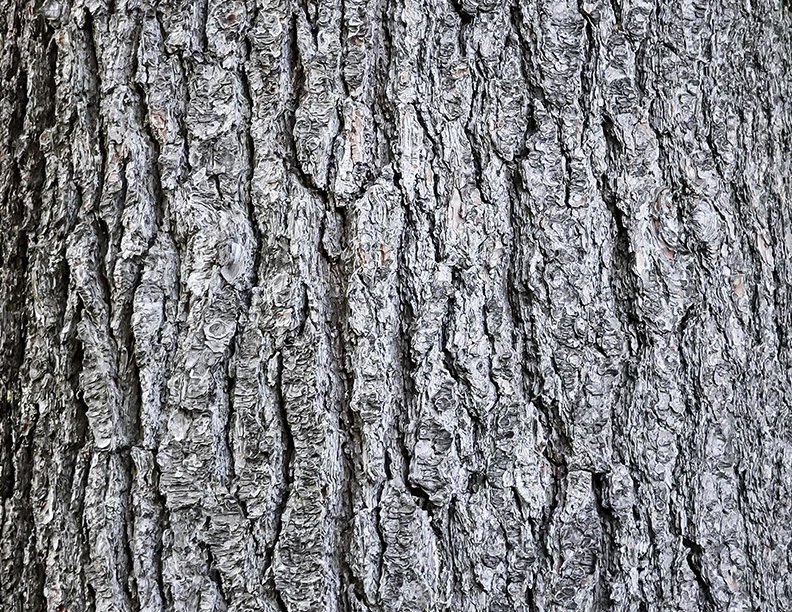Bark Up the Right Tree: Identifying Common Trees in London, Ontario by Their Bark
Sugar Maple, Photo by Sew for Christ Photography
London, Ontario is home to a diverse array of tree species, each with its unique characteristics and beauty. One of the most engaging ways for Wild Child participants to connect with nature is by learning to identify these trees by their bark. Understanding tree bark can help young explorers appreciate the biodiversity around them and foster a deeper connection with the environment. Let's explore how to identify some of the most common trees in London, Ontario, based on their distinctive barks.
1. Sugar Maple (Acer saccharum)
The sugar maple, famous for its role in producing maple syrup, features a bark that changes noticeably with age. Young sugar maples have smooth, gray bark that gradually becomes darker and deeply furrowed as the tree matures. This transformation makes the sugar maple an exciting study in how trees evolve as they grow.
2. White Birch (Betula papyrifera)
Easily recognizable by its striking white bark that peels off in paper-like layers, the white birch stands out in any landscape. This bark not only offers a unique texture but also has historical significance, as Indigenous peoples used it for making canoes and other crafts.
Eastern White Pine
3. Eastern White Pine (Pinus strobus)
The bark of the Eastern White Pine is smooth and gray when the tree is young but becomes deeply ridged and furrowed, resembling a jigsaw puzzle, as it ages. This tree is an excellent example of how bark can provide protection and insulation.
4. American Beech (Fagus grandifolia)
American Beech trees are known for their smooth, gray bark, which remains relatively unchanged as they age. This sleek surface makes them one of the easiest trees to recognize and a favorite canvas for initials and other carvings, though we teach our Wild Child explorers to observe without harming.
5. Black Walnut (Juglans nigra)
Black Walnut trees have dark, deeply furrowed bark that looks almost black in wet conditions. The bark's rich texture and color provide great cover for the tree's valuable nuts, which are sought after for both wildlife and human consumption.
Through activities like bark rubbing or photography, children can create their own bark identification guides. These activities not only add an element of fun but also enhance learning through hands-on experience.
By teaching kids to identify trees by their bark, we not only enhance their observational skills but also instill in them a lifelong appreciation for the natural world. So the next time you're on a nature walk with your young explorer, encourage them to "bark up the right tree" and discover the stories each one has to tell.


